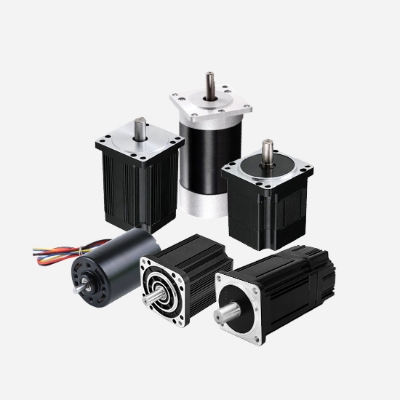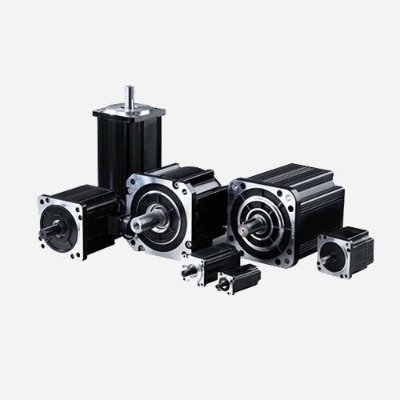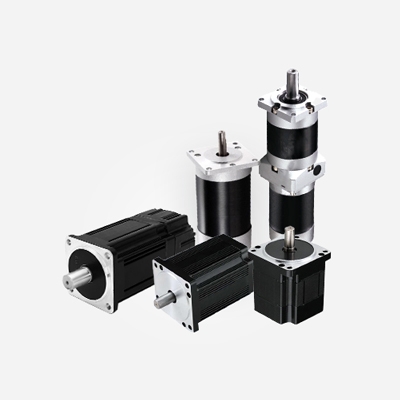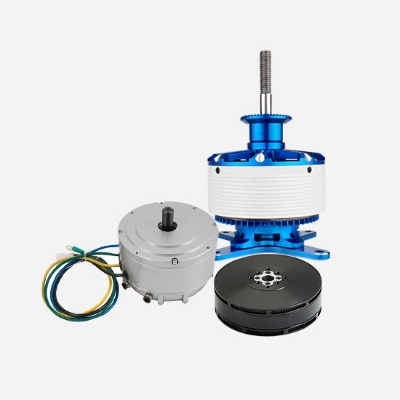A sensored brushless motor is one of those brushless motors with position sensors. These position sensors feed position information back to the controller, which can then be used to ensure that the drive pattern transmitted to the controller is perfectly synchronized with the rotor position. Different sensor motors may set up the sensors in different ways, so it is important to always be aware of this when setting up the controller. Still, typically these sensors are arranged at 60 or 120-degree intervals.
A brushless motor is also called DC variable frequency motor (BLDC) in some fields. It adopts an electronic commutation (Hall sensor), and the coil (armature) does not move the magnetic pole. At this time, the permanent magnet can be outside the coil or inside the coil, so there is a distinction between an outrunner DC brushless motor and an inrunner brushless DC motor.
Nowadays, many automation equipment manufacturers have begun to pay attention to DC brushless motors and use them to replace previous low-efficiency, noisy, and high-power motors, such as AC induction motors, stepper motors, etc. Everyone wants to know whether the brushless DC motor and the brushed DC motor can rotate when they are energized. the answer is negative. Because the brushless DC motor must be equipped with a corresponding controller (driver) to rotate, which is determined by the structure and principle of the brushless DC motor.
A Hall current sensor is essentially a sensor based on the principle of Hall current. When a conductor or semiconductor with current flowing in one direction is introduced perpendicular to the magnetic field, the current that obtains a measurable voltage is called Hall current. Simply put, when a magnetic field is applied in a direction perpendicular to the flow of current, a voltage is created across an electrical conductor. A Hall current sensor is a solid-state device that applies this principle to determine the position, velocity, and various other properties needed to effectively operate a brushless DC motor.
When using brushless DC motors, we may encounter faults such as motor overheating or smoke. What are the reasons for such problems? How to solve the problem? Let's discuss brushless DC motor overheating together.
In DC brushless motors, open-circuit transformers are widely used in electromagnetic position sensors. The open circuit transformer of a three-phase brushless motor consists of a stator and a tracking rotor. The stator usually has six magnetic poles, which are spaced 60 degrees apart. Three poles are wound with primary windings, connected in series, to a high-frequency power supply. The remaining three poles are wound with secondary windings wa, wb, and wc, respectively.
Brushless DC motors take electronic commutation, the coil does not move, and the magnetic pole rotation. Brushless motor, is the use of a set of electronic equipment, through Hall elements, sensing the position of the magnetic poles of the permanent magnet, according to this perception, the use of electronic circuits, the timely switching of the direction of the current in the coil, to ensure the production of the correct direction of magnetic force to drive the motor. The disadvantages of brushed motors are eliminated.




